 |
| Inanimate stones through the hands of Mr. Do Van Lien (living in Binh Phuoc ward) have become soulful and have feng shui shapes. Photo: Hien Luong |
Sticking with the profession of casting pots and making rockery
Amidst the hustle and bustle of urban life, in a quiet corner of a small garden, there are veined hands that still knead soil and rocks every day, trim moss, and create miniature mountain shapes in everyday life. Mr. Do Van Lien (64 years old, living in Binh Phuoc ward, Dong Nai province) builds rockery and creates bonsai pots, not only for a living, but also for joy, a way for Mr. Lien to preserve a delicate hobby, cherish beauty, nurture the spirit and keep the soul young.
Mr. Lien said that more than 30 years ago, he left his hometown of Thanh Hoa to start a business in the South. At first, he worked for a facility specializing in making ornamental plants, then he learned this profession. Currently, Mr. Lien has established his own facility and achieved certain successes. Mr. Lien said that on average, in 2 days, he completes a rockery and a pot, worth about 8 million VND.
“Today, the talented and skillful hands of pot molders and shapers are considered artisans. The miniature landscapes and products they create contribute to bringing people’s souls closer to and living in harmony with nature,” said Mr. Vu Minh Duc, Dong Nai Province Ornamental Plants Association.
“At first, I didn’t think I would be in this profession for so long. I would watch and learn from others when I saw them doing well. It became a habit. It was fun, I could earn money and do the job I love,” Mr. Lien shared.
Understanding the psychology of customers, Mr. Lien always devotes all his effort and creativity to breathe life into each work. Only then will each rockery or animal have its own beauty, no work is the same as another, making the buyer always feel like he owns a beautiful work.
Each rockery that Mr. Lien makes is a work of art. Each product is worth from several million to tens of millions of dong, even up to 100 million dong depending on the complexity and requirements of the customer.
"Society is developing more and more, more houses are being built, so more people are playing with bonsai and bonsai pots. I also have a steady job, so I'm happy," Mr. Lien confided.
With the development of the need to beautify living spaces, the profession of making bonsai pots and rockery is becoming a stable source of income for many people. These handmade products are not only popular in families, but also in constructions, tourist areas, and restaurants. Therefore, each bonsai pot or rockery is not simply a decorative object, but also has feng shui meaning, helping to bring prosperity and luck to the owner.
Many people wonder why they don't rest at this age. Mr. Lien said: "It's okay to rest, but resting is sad. If you still feel healthy and happy working, you will continue working. As long as you can work, you will still have a meaningful life."
Keep the fire of blacksmithing alive
Also choosing the path of financial independence in old age, Mr. Hoang Van Tham (60 years old, living in Phu Nghia commune, Dong Nai province) has devoted his whole life to the blacksmith profession. In the era of machines and mass-produced knives, he still holds the hammer and anvil firmly to create each knife, machete, hoe... by hand, not only to earn a living but also to preserve a traditional profession that is gradually fading away. For him, working is not simply a way to earn a living, it is also a way to live healthily, happily and with value.
Mr. Tham said that he was from Thanh Hoa province, the third generation to succeed his father, he was a blacksmith. Since birth, he was familiar with the sound of his father's hammer and anvil. Throughout his childhood, he witnessed the hardships and difficulties of the blacksmithing profession, but when he grew up, he was still passionate and could not separate himself from the profession. The blacksmithing profession in his hometown is hundreds of years old. During its heyday, the blacksmiths worked day and night, and there was no end to the work. When he was 15 years old, he was taught the profession by his grandfather and father. He went to school in the morning and came home at night to learn how to forge plowshares. Although it was hard and difficult, he still loved the profession and did not complain. Later, when he moved to the South to live, he still carried the fire of the blacksmithing profession with him.
Mr. Tham shared: “This profession is passed down from generation to generation, I can tell right away just by looking at the red steel, whether the knife is sharp or not depends on the casting technique, I dip it in water to get the right color; doing it by hand is slow but the technique is high, the product is durable and beautiful, while doing it by machine is fast but not like that”.
Forging is a hard job. The blacksmith or the assistant hammer handler must have the endurance to work from morning until evening. The heat of the steel billet is heated to thousands of degrees and the coal furnace is always red hot. To make a product, the blacksmith must go through many stages, from cutting iron and steel to shape, heating, hammering, dipping in water to quench, then heating, hammering again, until the product is shaped, then sharpening and making the handle. Among them, the foreman is the soul of the forge, both patient and skillful.
Life has changed, opening up many ways to make a living, and so the number of people pursuing the blacksmith profession has gradually decreased. For dedicated artisans like Mr. Tham, the desire and determination to keep the fire burning still urges them every day. And then, despite their old age and weak hands, experienced blacksmiths like Mr. Tham still light fires, hammer, and sweat by the charcoal stove every day to create durable and sophisticated handmade products.
For Mr. Tham, blacksmithing is not only a way to make a living, but also a career, a lifelong passion. Continuing to do the job is also a way to inspire and pass on skills to the younger generation, contributing to preserving the cultural identity of Thanh craft villages in the era of modernization and industrialization.
Hien Luong
Source: https://baodongnai.com.vn/xa-hoi/202508/tuoi-gia-tu-chu-3d82e21/





































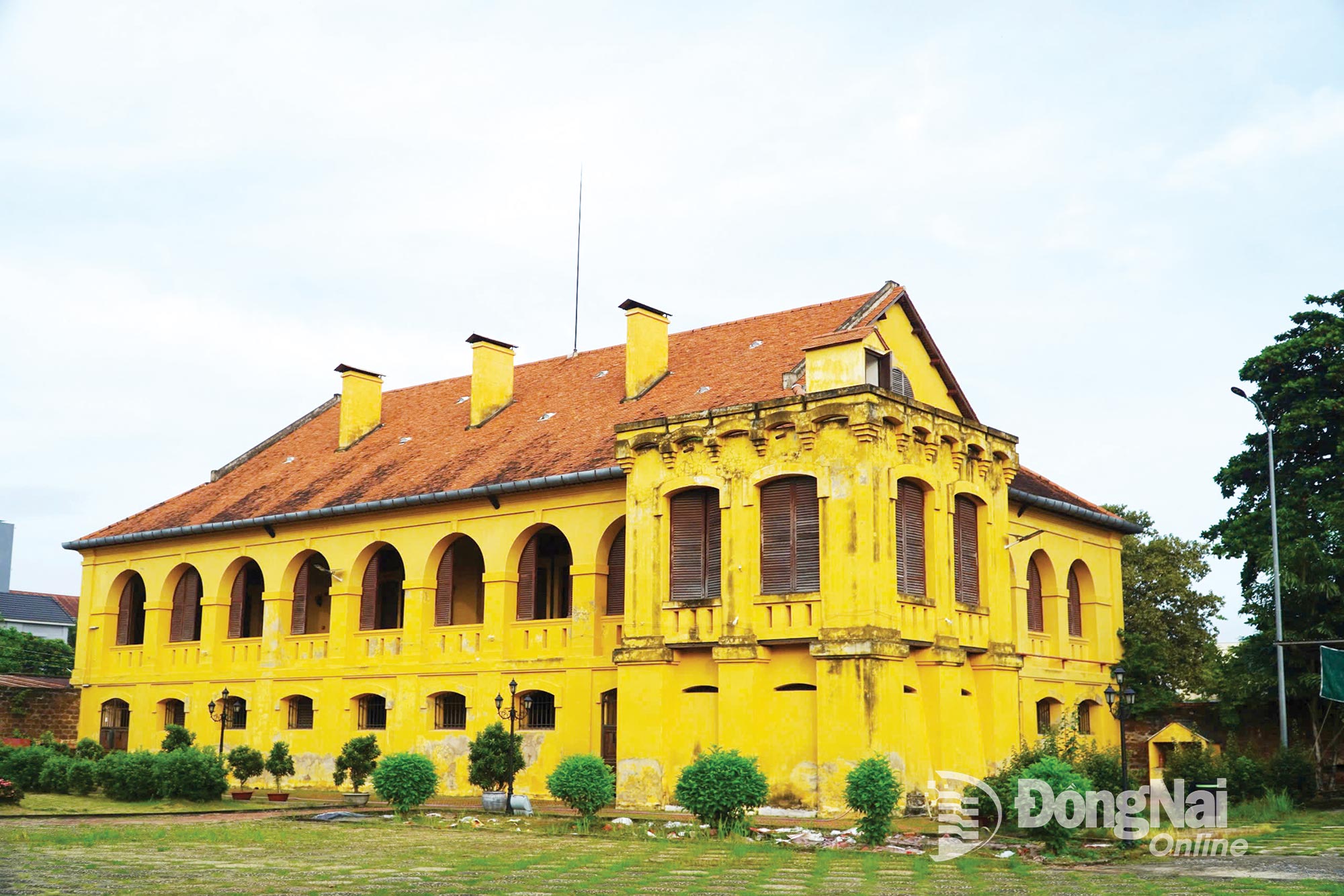








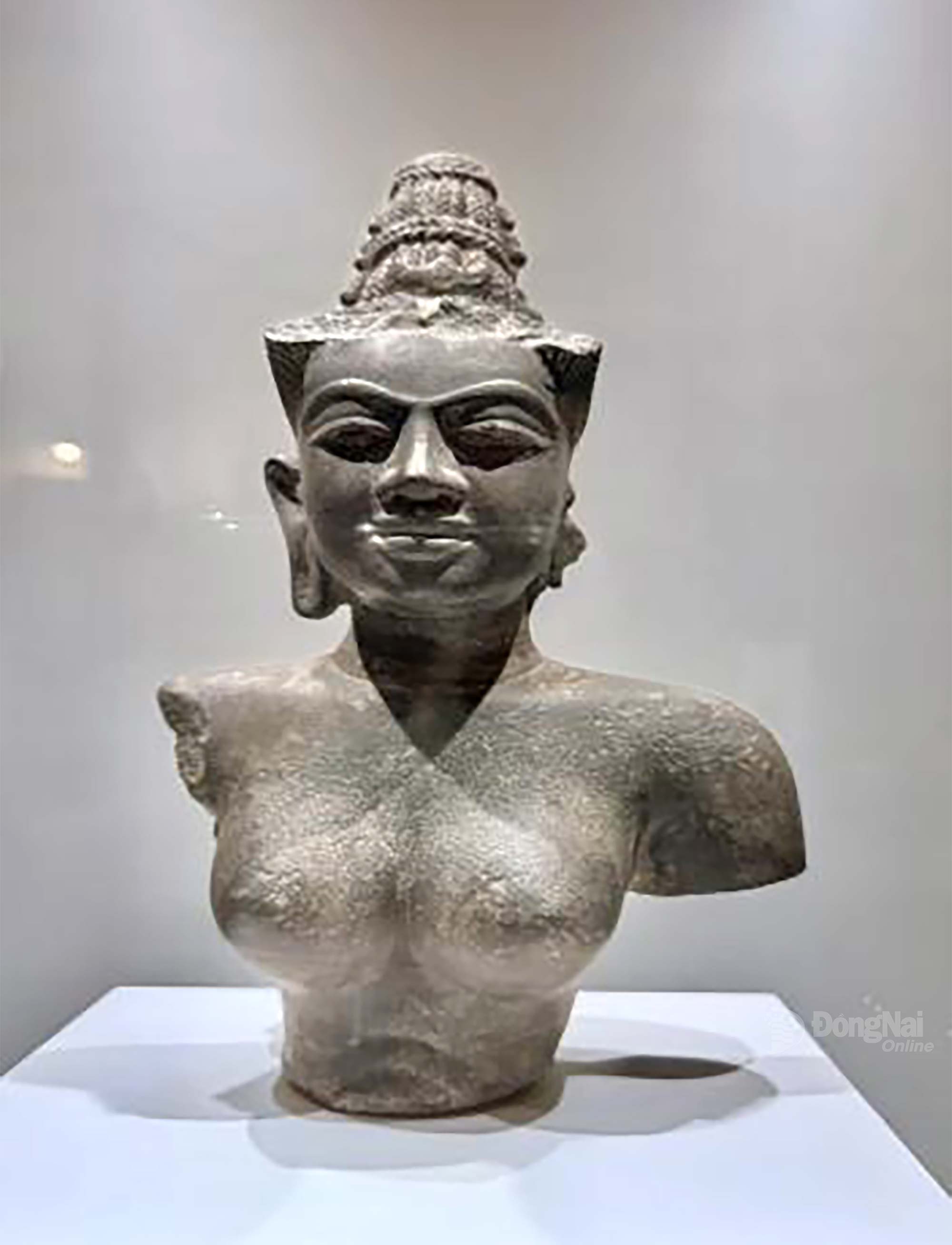
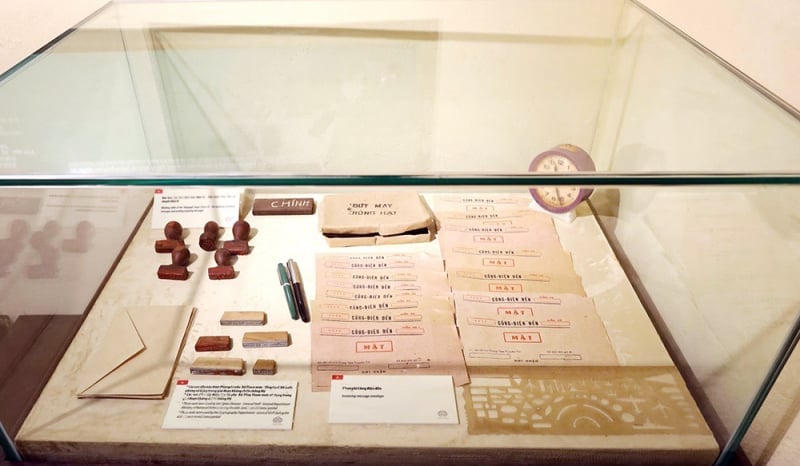


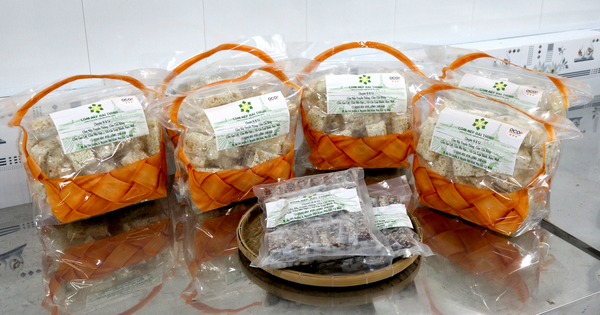









































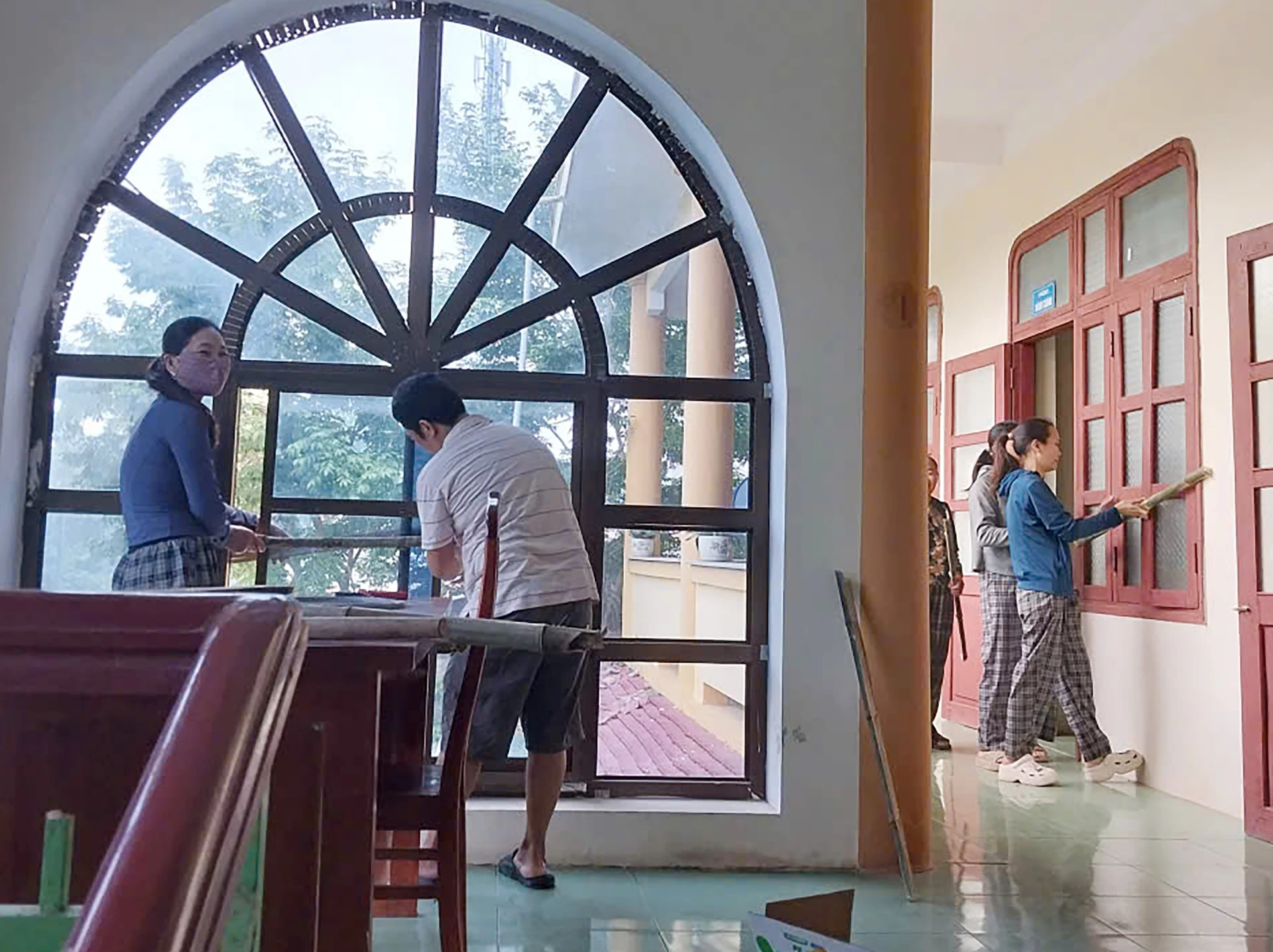









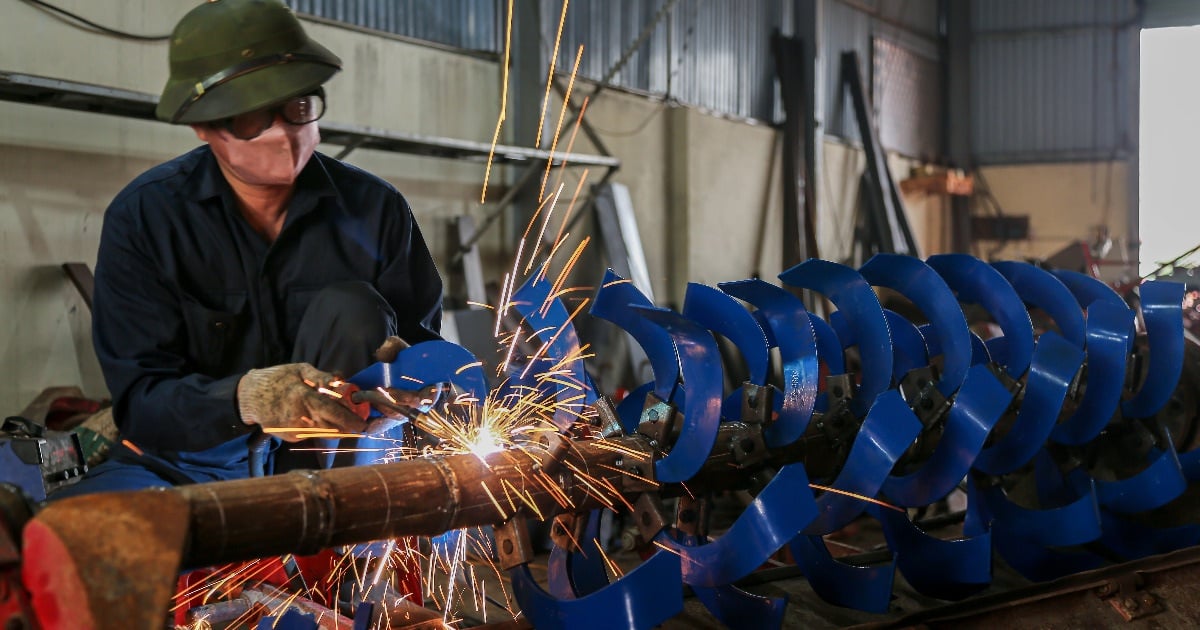


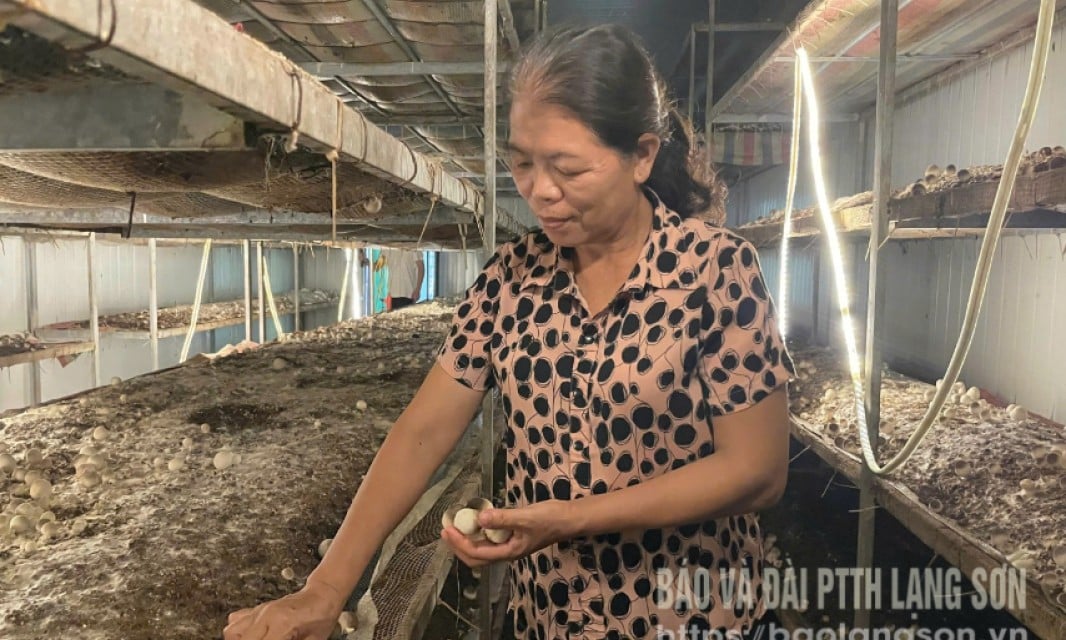






Comment (0)